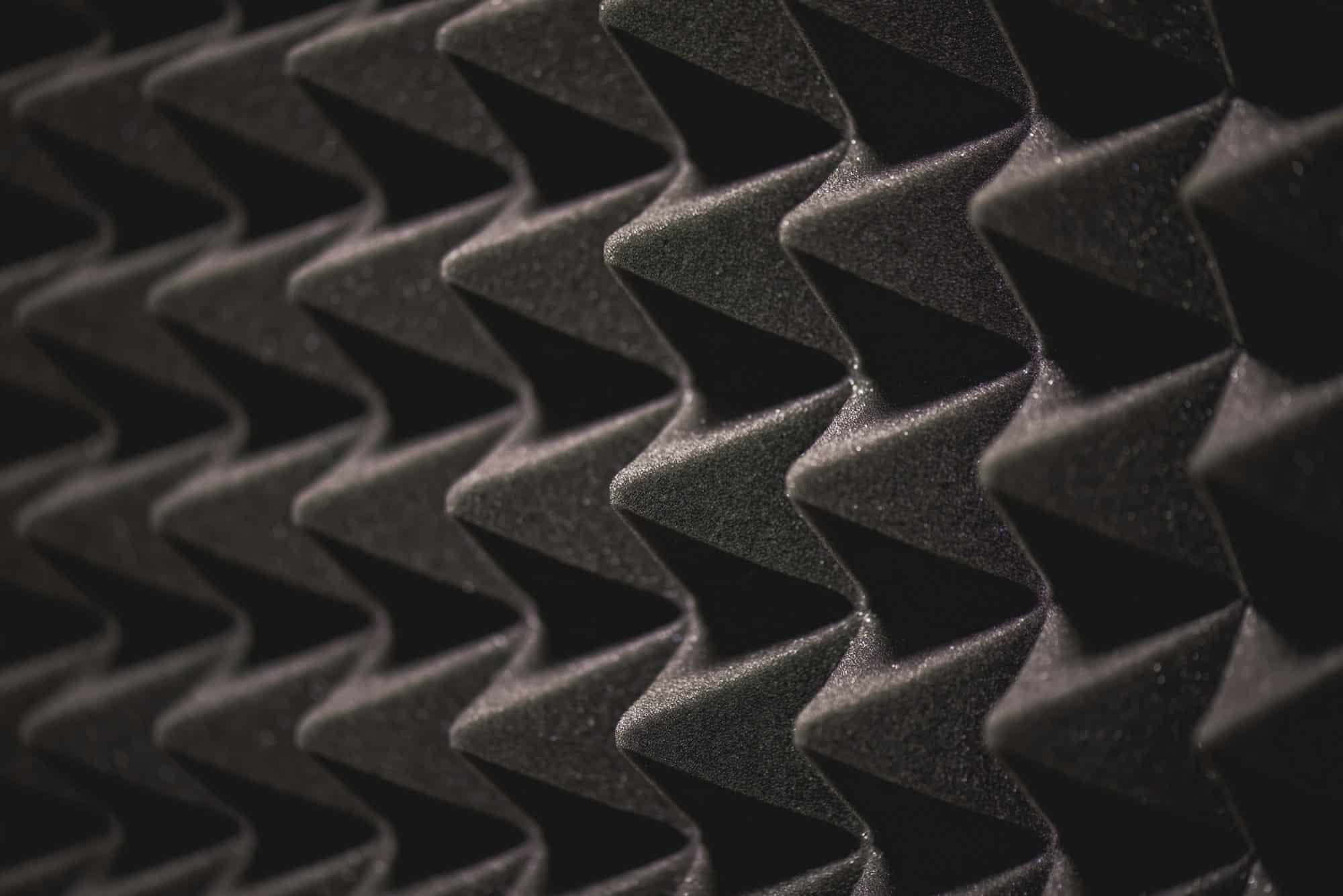What’s the best approach to soundproofing a children’s bedroom in a noisy neighborhood?

When it comes to residing in a noisy neighborhood, getting a good night’s rest can become an uphill battle, especially for your little ones. The constant noise can interfere with a child’s sleep pattern, impacting their overall health and productivity. Therefore, soundproofing their bedroom becomes a necessity rather than a luxury. This article will walk you through the best approach for soundproofing a child’s bedroom in a noisy neighborhood. We’ll delve into the importance of doors and windows in soundproofing, how to make use of acoustic panels and curtains to reduce noise, and why insulation is crucial in this endeavor.
1. Importance of Doors and Windows in Soundproofing
Doors and windows are typically the major culprits when it comes to noise leakage into a room. They often have gaps or crevices that allow noise to infiltrate, causing a nuisance, especially if the room is meant to be a sanctuary of peace for your child.
A découvrir également : How to create an eco-friendly and cat-safe indoor garden?
Soundproofing the Door
Let’s start with doors. The bedroom door is an often overlooked but essential part of soundproofing. It’s important to remember that an ordinary hollow door will not provide the same noise cancellation as a solid, heavy door.
If you are serious about soundproofing your child’s room, considering a solid door replacement would be advisable. You could opt for a solid wooden door or a specialist acoustic door, both of which are far more effective in soundproofing than their hollow counterparts.
Sujet a lire : How can you create a stylish yet functional mudroom in a small entryway?
However, if replacing the door is not a viable option, there are other effective methods. You can seal gaps and cracks around the door with weatherstripping or door sweeps. These products work by preventing sound from passing through the bottom or around the door.
Soundproofing the Windows
Windows, on the other hand, pose a different challenge altogether. Unlike doors, you cannot simply replace windows with thicker alternatives for soundproofing. However, there are effective alternatives.
One solution is to install double-pane or triple-pane windows. These not only provide superior insulation but also significantly reduce the amount of noise that can penetrate through.
Another cost-effective solution is the use of soundproof curtains or blinds. These are heavy and dense curtains that can significantly reduce noise levels when drawn. They also serve the dual purpose of blocking out light, making them perfect for a child’s bedroom.
2. Use of Acoustic Panels and Curtains
Acoustic panels and curtains are another excellent means to combat unwanted noise. These products are designed specifically to absorb sound waves, thereby reducing echo and background noise.
Acoustic Panels
Acoustic panels are lightweight sound absorbers that you can easily install on the walls or ceiling of your child’s bedroom. They come in various shapes, sizes, and designs, allowing you to choose a style that fits the room’s aesthetics.
These panels work by reducing the echo within the room, thereby making noises outside the room less noticeable. It’s important to note, however, that while acoustic panels help reduce noise, they do not block it entirely.
Acoustic Curtains
Acoustic curtains, on the other hand, are made from specially designed fabric that absorbs sound waves. They work in a similar manner to acoustic panels but are more useful when hung over windows or doors.
Like acoustic panels, they come in various styles and designs, allowing for a seamless integration into the room’s decor. While they won’t completely eliminate noise, they will significantly reduce it, especially when used in conjunction with other soundproofing measures.
3. The Role of Insulation in Soundproofing
Insulation plays a critical role in soundproofing. It serves as a barrier that impedes the passage of sound waves through walls, floors, and ceilings. Hence, proper insulation can drastically reduce the amount of noise entering a room.
One of the most effective and popular soundproofing insulations is mineral wool. This insulation is dense and thick, which makes it an excellent sound absorber and barrier. It can be installed in the walls and ceiling of your child’s room to reduce the amount of noise infiltrating the room.
If installing mineral wool insulation seems like a daunting task, there are other options at your disposal. Soundproofing paint, for instance, is a less invasive method that can block out noise. This special paint adds mass to your walls, which reduces the amount of sound that can penetrate them.
It’s important to note that while insulation can drastically reduce noise, it won’t completely eliminate it. Therefore, it’s best to combine insulation with other soundproofing methods for optimal results.
In conclusion, soundproofing a child’s bedroom in a noisy neighborhood requires a multifaceted approach. It involves assessing the potential noise sources, such as doors and windows, and taking appropriate measures to reduce the noise they let in. It also involves using acoustic panels and curtains to absorb sound and installing insulation to serve as a sound barrier. With these steps, you can create a peaceful and quiet sanctuary for your child, conducive for a good night’s sleep and overall wellbeing.
4. Importance of Mass Loaded Vinyl for Noise Reduction
Mass loaded vinyl, abbreviated as MLV, is a highly effective material known for its superb noise reduction properties. This dense yet flexible material is great for reducing noise levels because it works by adding mass to a wall, floor, or ceiling, which ultimately dampens the sound.
Using Mass Loaded Vinyl in Children’s Bedroom
Installing MLV is a highly effective way to reduce noise in your child’s bedroom. It is not just effective; it is also safe and does not contain any harmful chemicals. To install MLV, you simply hang it on the wall or ceiling, much like wallpaper or a ceiling panel. MLV comes in rolls and can be cut to fit any space, making it convenient and flexible for use.
When it comes to noise reduction, adding MLV on walls or ceilings of your baby’s room could be a game-changer, reducing sounds from loud neighbors, traffic, or other sources of noise. It’s worth remembering that while MLV is very effective at reducing noise, it should be used in combination with other soundproofing strategies for the best results.
5. White Noise Machines: A Complementary Approach
While physical modifications to the room can drastically reduce noise levels, they often can’t eliminate them entirely. This is where white noise machines come in handy. These devices generate a constant, soothing sound that helps to mask other noises that may be disruptive.
Using White Noise Machine in a Child’s Bedroom
A white noise machine can be a particularly useful addition to your soundproofing efforts, especially for a baby room. The constant low-level noise that these machines generate can help soothe babies and young children, making it easier for them to fall asleep and stay asleep.
When choosing a white noise machine, consider factors such as the volume control, the quality of sound produced, and whether it has a timer or night light. It’s also beneficial to choose a machine that has a variety of sounds, as what works best can vary from child to child.
In Conclusion
In the endeavor of soundproofing a child’s bedroom in a noisy neighborhood, there are multiple methods to consider. From ensuring that your doors and windows are effectively sealed off, using acoustic panels and curtains for sound absorption, leveraging insulating materials like mineral wool or MLV for further noise reduction, to utilizing a white noise machine as a complementary approach.
Remember, the key to effective room soundproofing lies not in a single tactic, but in using a combination of strategies to reduce noise levels. By combining these methods, you can create a tranquil space that shields your child from disturbing noises, enabling them to get a good night’s sleep and maintain their overall health and wellbeing.
Note that while soundproofing can be a DIY project, some methods may require professional help, especially those involving structural changes to the room. Make sure to consult with professionals to ensure your child’s safety and the effectiveness of the soundproofing methods used.
